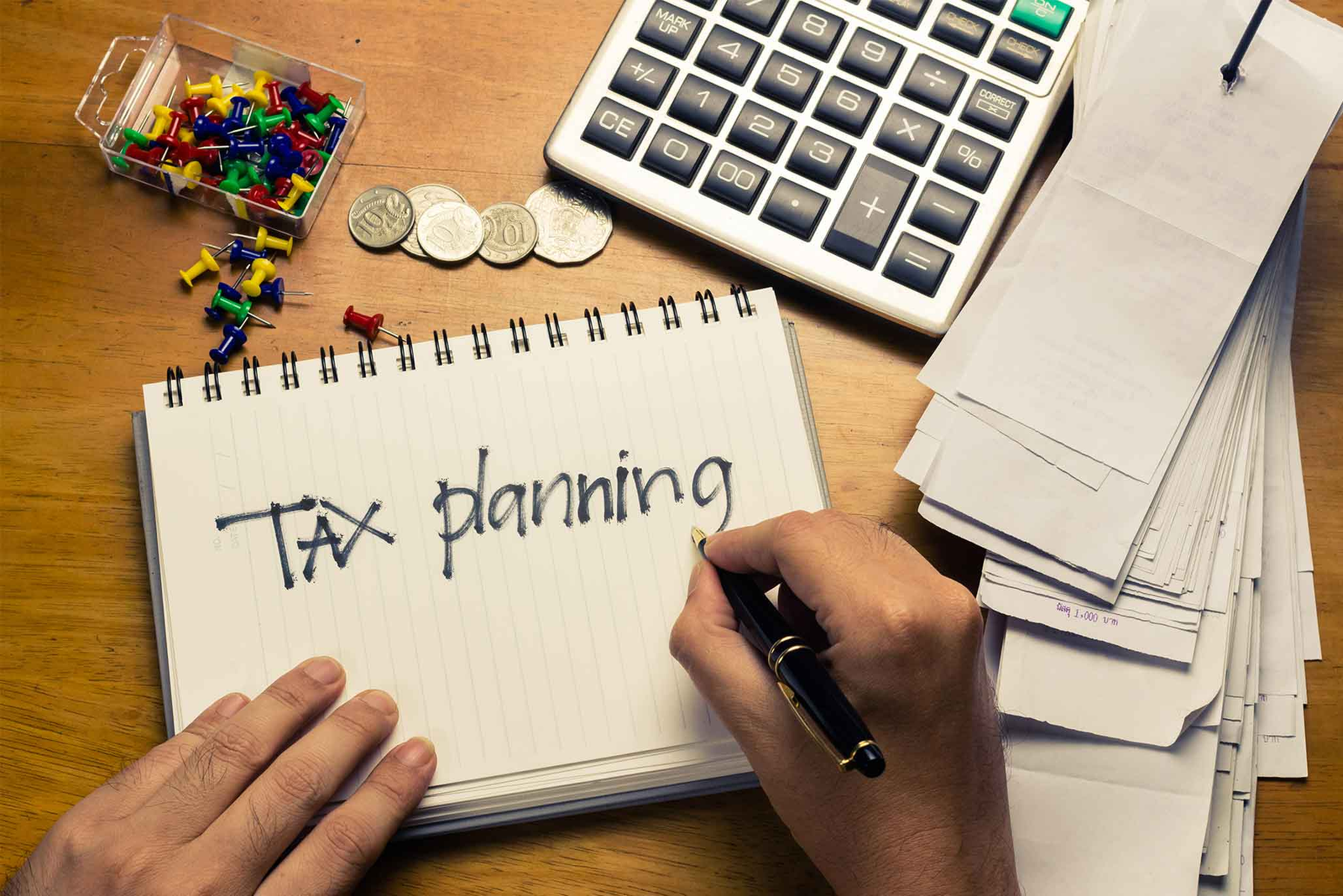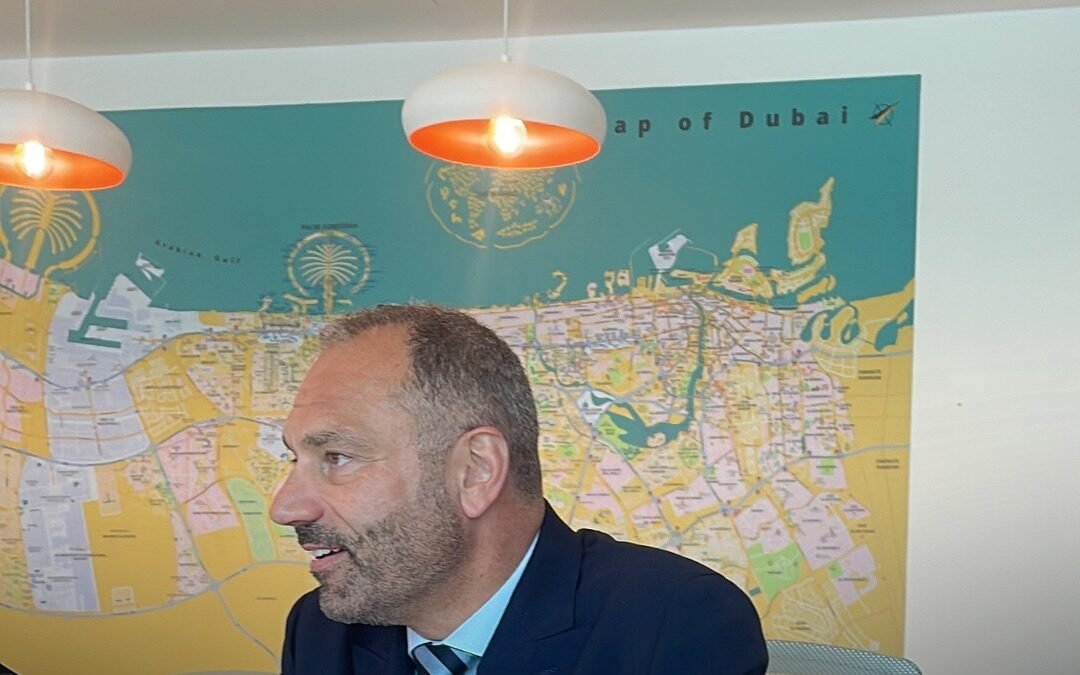Now Reading: UAE Real Estate: 6 Tax Planning Tools for Long-Term Landowners in 2025
-
01
UAE Real Estate: 6 Tax Planning Tools for Long-Term Landowners in 2025
UAE Real Estate: 6 Tax Planning Tools for Long-Term Landowners in 2025

Table of Contents
Tax Planning: The UAE’s real estate market, valued at AED 958 billion in 2024, grew 23.6% year-on-year, with long-term landowners in areas like Palm Jumeirah and Downtown Dubai benefiting from 6–8% yields, per gtlaw.com. The 9% corporate tax (CT) introduced in June 2023 under Federal Decree-Law No. 47 and 5% VAT impact landowners holding land for investment or development, per taxsummaries.pwc.com. Non-compliance risks fines up to AED 500,000, per jaxaauditors.com.
This article outlines six tax planning tools for UAE long-term landowners in 2025, with U.S. investor considerations, using web insights.
UAE Tax Framework for Long-Term Landowners

Long-term landowners hold land for appreciation, rental income, or future development, per hausandhaus.com. The UAE’s tax regime applies differently to individuals and businesses:
- No Personal Taxes: Individuals face 0% personal income, capital gains, or property tax, per savoryandpartners.com.
- Corporate Tax: 9% on profits above AED 375,000; 0% for Qualifying Free Zone Persons (QFZPs) or businesses with revenue below AED 3 million until December 31, 2026, per czta.ae.
- VAT: 5% on commercial land leases; sales may be exempt, per shuraatax.com.
- Compliance: Federal Tax Authority (FTA) registration and seven-year record retention are mandatory for taxable entities, per hawksford.com.
6 Tax Planning Tools for Long-Term Landowners in 2025
1. Leverage Individual Tax Exemption for Capital Gains
Individuals selling long-term holdings face no capital gains tax, per immigrantinvest.com. This allows strategic sales without tax erosion, ideal for portfolio rebalancing.
- Impact: Selling a AED 5 million land parcel with AED 2 million gain incurs no tax, preserving 100% of AED 2 million profit.
- U.S. Consideration: Report gains on Form 8949; pay U.S. capital gains tax (up to 20%) unless offset by losses, per irs.gov.
- Action: Document purchase/sale records; consult advisors like Farahat & Co. for U.S.-UAE compliance, per farahatco.com.
2. Utilize Free Zone Structures for QFZP Status

Landowners operating via free zones like Jebel Ali Free Zone (JAFZA) can qualify as QFZPs, enjoying 0% CT on qualifying income (e.g., rental or sale profits), if substance requirements are met (e.g., local staff, no mainland business), per pwc.com.
- Impact: A QFZP with AED 3 million rental income saves AED 270,000 CT, maintaining 8% yields on a AED 37.5 million land parcel.
- U.S. Consideration: Report income on Schedule E; disclose assets on Form 8938, per irs.gov.
- Action: Register with FTA; ensure JAFZA compliance; monitor non-qualifying income (5% or AED 5 million), per emirabiz.com.
3. Defer VAT Liability with Exempt Leases
Leasing land for residential development or agriculture is VAT-exempt, deferring 5% VAT liability compared to commercial leases, per shuraatax.com. This preserves cash flow for reinvestment.
- Impact: A AED 1 million residential land lease saves AED 50,000 VAT annually, boosting net returns by 5%.
- U.S. Consideration: Deduct lease expenses on Schedule E; no U.S. VAT impact.
- Action: Structure leases for exempt purposes; verify exemption with FTA; maintain lease agreements, per finanshels.com.
4. Deduct Development Costs for CT Reduction
Businesses developing land (e.g., infrastructure, utilities) can deduct expenses like construction, legal fees, and interest from taxable income, per proactfs.com. This lowers CT liability for landowners transitioning to development.
- Impact: A developer with AED 4 million income and AED 1 million deductible expenses pays AED 270,000 CT (9% on AED 3 million), saving AED 90,000.
- U.S. Consideration: Deduct expenses on Schedule E; align with IRS depreciation rules, per irs.gov.
- Action: Retain expense invoices; consult advisors like Hawksford for allowable deductions, per hawksford.com.
5. Apply Small Business Relief for Low-Revenue Landowners
Landowners with annual revenue below AED 3 million, including those leasing small parcels, qualify for 0% CT until December 31, 2026, per emirabiz.com. This benefits smaller investors or phased developments.
- Impact: A landowner with AED 2 million rental revenue saves AED 135,000 CT, preserving 8% yields on a AED 25 million parcel.
- U.S. Consideration: Report income on Schedule C; simplifies U.S. filings, per irs.gov.
- Action: Apply via EmaraTax; submit audited statements to FTA, per goyzer.com.
6. Use Family Foundations for Wealth Transfer
Transferring land to family foundations can defer CT if structured as tax-transparent unincorporated partnerships under Article 17 of the CT Law, per lexology.com. This supports succession planning without immediate tax.
- Impact: Transferring a AED 10 million land parcel avoids AED 180,000 CT (9% on AED 2 million gain) if tax-transparent, preserving 100% value.
- U.S. Consideration: Report transfers on Form 709 (gifts); disclose on Form 8938, per irs.gov.
- Action: Apply for transparency status via FTA; document estate planning intent, per farahatco.com.
Quantitative Impact on Returns
Consider a AED 20 million land parcel yielding 6% (AED 1.2 million annually):
- Individual Exemption: 0% capital gains tax on AED 5 million sale gain saves AED 0.
- QFZP Benefit: 0% CT saves AED 76,500 (9% on AED 850,000 after AED 350,000 expenses), preserving 6%.
- VAT Exemption: AED 60,000 VAT savings (5% on AED 1.2 million) boosts yield to 6.3%.
- Non-Compliant Case: 9% CT (AED 76,500), 5% VAT (AED 60,000), and penalties (AED 10,000) reduce yield to 5.3%.
Key Considerations for U.S. Investors
- Risks:
- Non-Compliance: Fines up to AED 500,000 for late FTA filings, per jaxaauditors.com.
- Oversupply: 14,000 units planned for 2026–2029 may soften land values by 0.5–1%, per omniacapitalgroup.com.
- Costs: Compliance costs AED 10,000–20,000 annually; transfer fees AED 40,000–80,000, per hausandhaus.com.
- Tax Compliance: UAE’s 0% personal tax benefits individuals; IRS requires Form 1040, Form 1116, Form 8938, Form 8949, and FinCEN Form 114, per irs.gov.
- Regulatory Compliance: FTA mandates electronic filings; emirate-specific fees (e.g., Dubai’s 4% transfer fee) apply, per hausant.com.
- Currency Stability: AED pegged at 1 USD = 3.67 minimizes risk.
Conclusion
In 2025, long-term landowners in UAE’s AED 958 billion real estate market can leverage six tax planning tools: individual tax exemptions, QFZP status, VAT-exempt leases, deductible development costs, Small Business Relief, and family foundations. These preserve 6–8% yields while minimizing CT and VAT liabilities. U.S. investors, aligning IRS and FTA compliance, can optimize returns by partnering with firms like Hawksford or Farahat & Co. for strategic tax planning. Tax Planning
read more: UAE Property: 8 Mistakes Investors Make in Tax Declarations





















